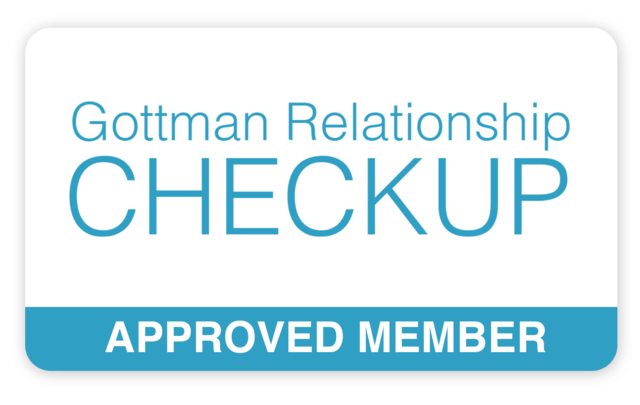Cognitive behavioral therapy (CBT) is a rigorously tested theoretical approach and has proven to be effective at relieving feelings of depression and anxiety, among others, in a much shorter time period. CBT is a core focus of my work and when introducing this to my clients, I often rely on the ABCD model first proposed by Albert Ellis. This simple, yet incredibly powerful, way of viewing our thoughts is a great way to begin with CBT.
A - The Activating Event
In this model, the "A" represents the things that happen to us throughout our days. In CBT we focus on the events which create negative feelings and behaviors. This could be when someone cuts us off in traffic, we lose our keys, or a friend cancels a meet-up. The important thing to remember is that an event, any event, is a simple occurrence in the universe but, as we will see with the "B", we define what these things mean to us and our decisions.
B - Our Beliefs About the Event
What we believe about the things that happen to us is a crucial component of this concept. Since events are just things that happen, our belief about those things gives them weight and significance. The "B" is the crucial bridge from occurrence to feeling and even resulting behavior.
C - Emotional Consequences
Emotional consequences are felt because of our beliefs about an event. Returning to when we were cut off in traffic, we feel angry because we believe our safety has been threatened. Acknowledging this allows us to view our emotions in an entirely different way.
D - Dispute
Since our beliefs often determine how we feel about an event we must dispute these beliefs in order to feel differently. Will we feel as angry if we try to empathize with the other driver, or think of a time when we made a simple mistake?
There is much more that can be done with the ABCD model, but trying to implement this in daily living can have an immediate effect on troublesome interactions and experiences. Ultimately, this model will lead to a new awareness and mindfulness of self allowing space for reflection and change.
To read more about this model and other information about CBT, visit my resources page for my favorite books about these powerful concepts.
Source: Ellis, A., & Harper, R. A. (1961). A guide to rational living. Englewood Cliffs, NJ: Prentice-Hall.
